Tokenization Trends 2025
Tokenization gained huge momentum in 2025, transforming real-world assets into tradable digital tokens. From real estate and finance to commodities and art, discover how blockchain-based ownership reshaped global markets and opened new investment opportunities for everyone.
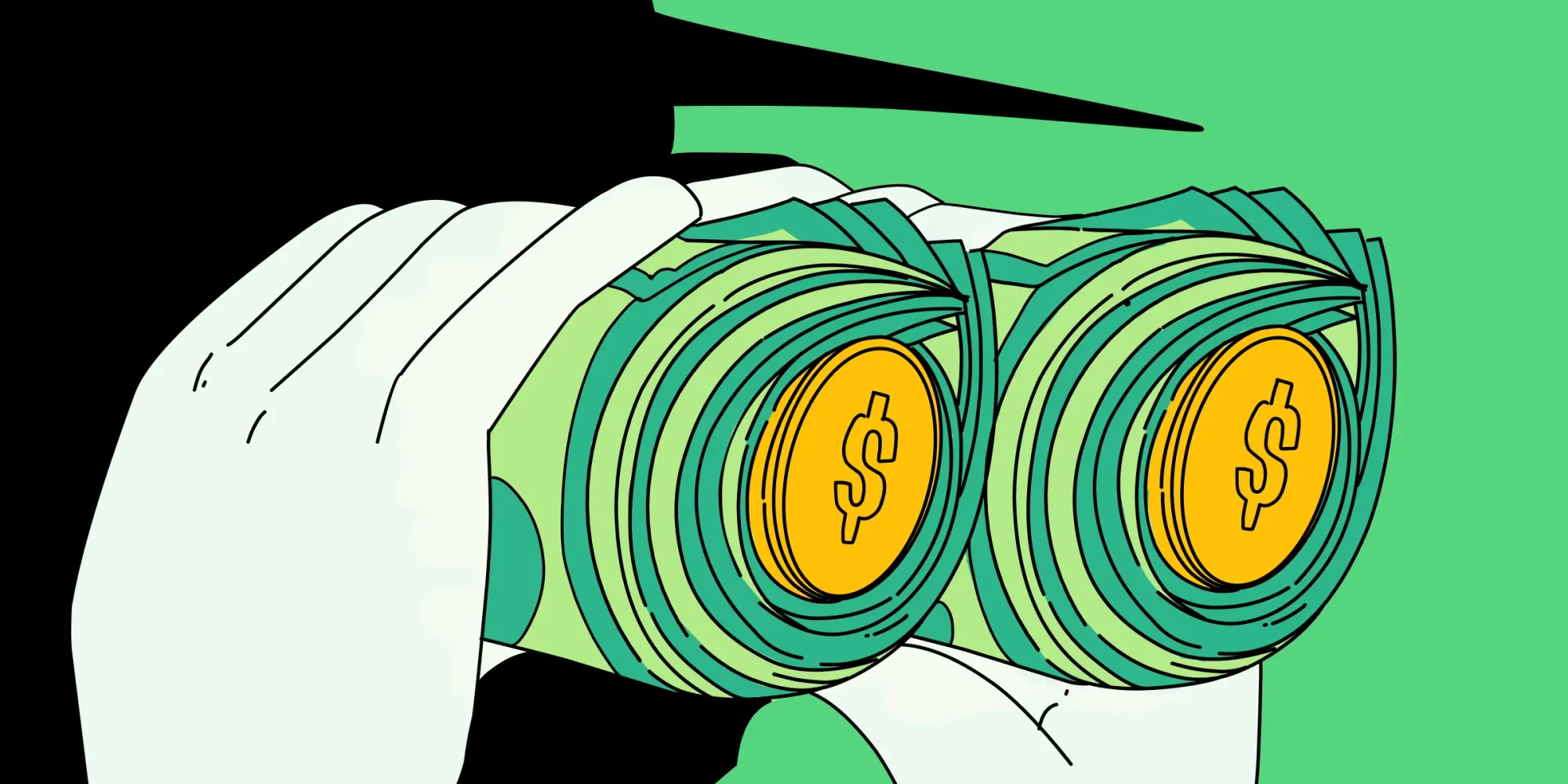
Tokenization – the process of turning ownership of real-world assets into digital tokens on a blockchain – gained remarkable momentum in 2025. This technology is making it possible to trade traditionally illiquid assets (like property, stocks, or collectibles) with the ease of cryptocurrencies. In simple terms, a token can represent a share of a house, a gold bar, or even a piece of art, and owners can buy or sell these shares online. Throughout 2025, tokenization expanded across multiple sectors, unlocking new opportunities for investors and businesses around the world.
In 2025, the real-world asset (RWA) sector reached new heights, with the total on-chain market capitalization exceeding $33.9 billion, according to data from RWA.xyz. Most of this growth came from tokenized treasuries and bond funds, but real estate, commodities, and collectibles also gained momentum, showing that tokenization is no longer a niche but a rapidly expanding financial frontier. Below we explore four key areas where tokenization trends stood out in 2025, from real estate and finance to commodities and collectibles, and how these developments are shaping a more inclusive, digital asset economy.
Real Estate: Property Investment Goes Digital
Real estate tokenization truly went global in 2025, moving from pilot projects to mainstream adoption. A standout example came from Dubai, where the government’s Land Department launched a blockchain system to register property deeds on a public ledger – the first such initiative in the Middle East. This means official property titles were minted as digital tokens, allowing properties to be bought or sold with a few blockchain transactions instead of stacks of paperwork.

Building on an earlier project called Prypco (a platform for fractional property investment), Dubai’s new system also enabled fractional ownership: ordinary people could buy small shares of a property, with minimum investments around $545, thus democratizing access to the real estate market. Officials in Dubai touted benefits like instant settlement of property sales and an auditable on-chain ownership history, showcasing how blockchain can make real estate deals faster and more transparent.
Other countries followed suit. In Japan, one of the largest tokenized real estate projects was announced – a Tokyo-based firm unveiled plans to tokenize $75 million worth of commercial properties, with ambitions to scale up to $200 billion (about 1% of Japan’s property market) in coming years. The goal is to make investing in Japanese real estate as easy as trading stocks, by allowing digital tokens to represent shares in high-value buildings. This project even hinted at extending tokenization to cultural assets like famous anime characters or media rights, showing Japan’s innovative approach.

In Europe, momentum grew as well. The European Union’s new crypto-asset framework (MiCA) provided clearer rules for tokenized assets, which attracted more projects to Europe due to greater legal certainty. Institutional investors also started to participate: for example, a major European fund invested €3 million in tokenized real estate in Rome via a blockchain platform, marking one of the first times a large institution bought property tokens alongside retail investors. This sent a signal of credibility in Europe’s market, proving that tokenized property isn’t just a tech experiment but a practical investment method.
Even in regions where regulation is catching up, progress was notable. In the United States, strict securities laws meant most real estate tokens were limited to accredited investors in 2025. However, lawmakers began taking tokenization seriously – Congress introduced new bills to clarify digital asset rules, a move seen as a positive step toward eventually allowing broader public investment in tokenized properties. Meanwhile, some U.S. counties focused on infrastructure: in one case, a county started moving 370,000 land titles onto a blockchain ledger to modernize record-keeping, which lays the groundwork for easier tokenized transfers in the future. Across Latin America and Asia, governments launched sandboxes and pilots for property tokens, exploring how fractional real estate could help citizens invest with small sums.

A major milestone in industry collaboration was the formation of the Real Estate Tokenization Consortium (RETC) – a global alliance of leading blockchain real estate platforms and fintech firms. The RETC’s creation signaled that companies are now banding together to set common standards and work with regulators, aiming to turn fragmented tokenization projects into an integrated ecosystem. All these developments in 2025 kept a clear narrative thread: real estate tokenization moved from theory to reality worldwide, making property a more liquid and accessible asset class. An investor in one country can now directly own a slice of a building on the other side of the world, and real estate is starting to trade with the speed and ease of the digital economy.
Finance: Stocks and Bonds Join the Blockchain
Beyond property, 2025 also saw traditional financial assets – like company stocks and government bonds – increasingly represented as tokens. Multiple fintech and crypto firms raced to offer tokenized stocks (digital tokens mirroring the value of popular equities) that could be traded 24/7, allowing investors to buy fractions of high-priced shares. However, this fast push to tokenize shares raised concerns among regulators and market experts. A detailed Reuters report warned that some of these stock tokens looked more like derivatives than actual stocks, often giving no voting rights or dividends to holders. In other words, buying a tokenized version of a big-company stock might not grant the same rights as owning the real stock. This prompted calls for clear rules: in Europe, many tokenized stock offerings have been treated under existing financial regulations, while in the U.S., the SEC and other agencies debated how to apply securities laws to these products. Industry groups and exchanges urged authorities worldwide to set guardrails for investor protection, so that people trading stock tokens understand what they’re getting. The message was simple – just because an asset is on blockchain doesn’t remove the need for transparency and safeguards in finance.
On a more positive note, the tokenization of bonds and other securities made significant strides. Investors showed growing appetite for tokenized government bonds (for example, U.S. Treasury bills) because of the ease of on-chain trading and settlement. By late 2025, the market for tokenized real-world assets (RWA) – which includes tokenized stocks, bonds, real estate, and commodities – hit record levels, reaching over $33 billion in on-chain asset value. A significant portion of this came from tokenized Treasury bond funds and credit products that offer yield through blockchain. Notably, major traditional finance players joined the trend. BlackRock, the world’s largest asset manager, launched a tokenized money market fund for U.S. Treasuries (dubbed BUIDL) which quickly amassed nearly $3 billion in on-chain value. Similarly, Franklin Templeton’s blockchain-based government bond fund (BENJI) saw substantial growth, demonstrating that even conservative asset managers are embracing tokenization.
These initiatives let institutions and retail investors buy digital shares in bond funds, with benefits like faster transactions and potentially lower fees. The result is greater liquidity – investors can move in and out of these positions more easily than in traditional markets – and access for smaller investors who can purchase tiny fractions of a bond fund that would otherwise require a high minimum investment.
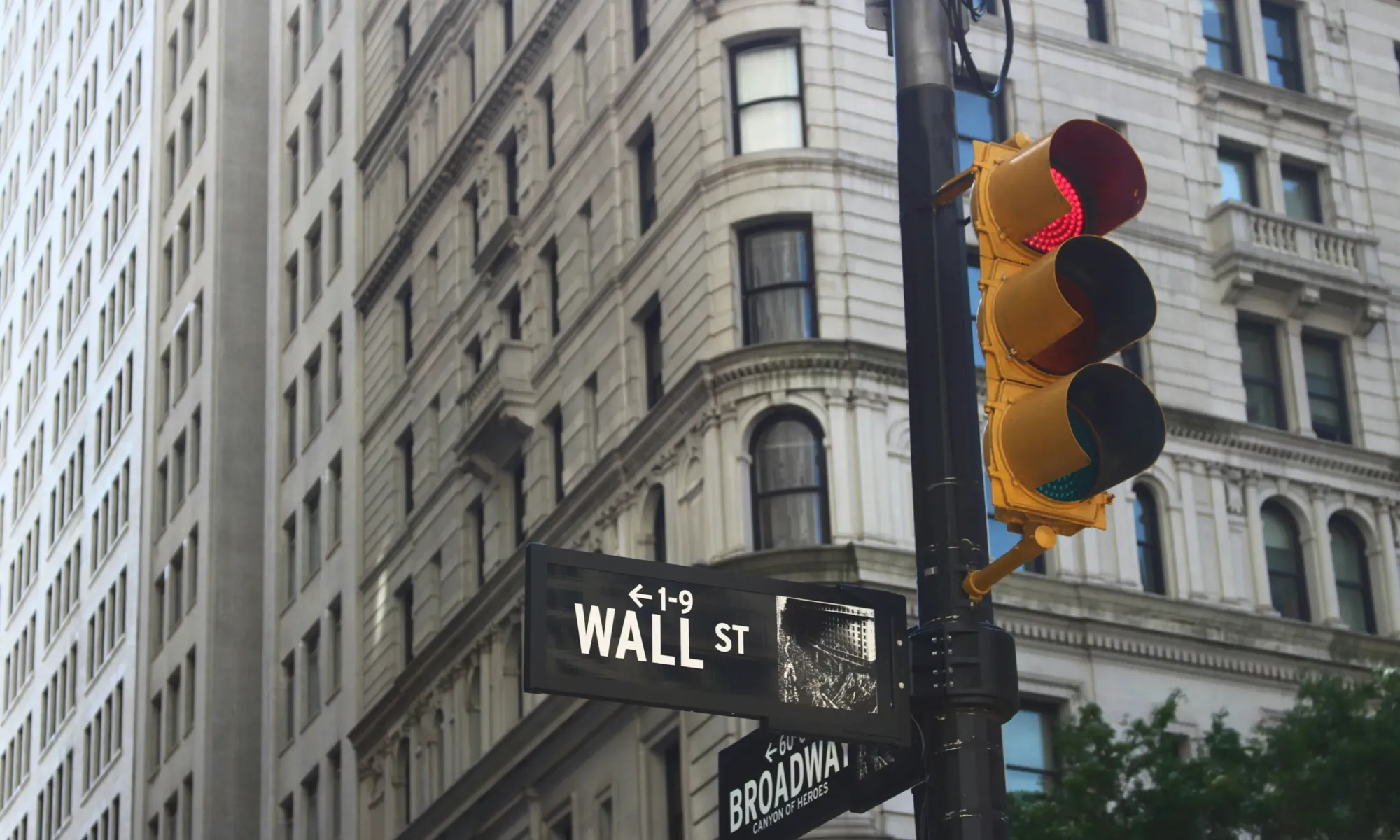
The broader financial industry’s acceptance of tokenization was evident in 2025. Banks such as Citi and HSBC participated in pilot programs to trade tokenized bonds and funds in controlled environments, testing the tech under regulatory oversight. In one example, Singapore’s Project Guardian saw banks and fintechs collaborate on tokenizing bonds and deposits, indicating that real estate might be “next in line” for such integration. Furthermore, the business of tokenization itself showed maturity: Securitize, a leading platform for issuing digital securities, announced plans to go public via a SPAC merger at a valuation over $1 billion. This potential IPO – effectively making a tokenization company a publicly traded entity – underlined investors’ confidence in the sector’s growth.
Overall, the trend in 2025 pointed to traditional finance gradually warming up to blockchain. Tokenized stocks and bonds promise features like 24/7 trading, instant settlement, and fractional ownership, which can make markets more efficient and inclusive. Yet, balancing innovation with investor protection remained a priority. Financial authorities began crafting guidelines so that as more stocks and bonds “go digital”, they do so in a safe, transparent manner. By the end of 2025, tokenization was no longer a niche experiment in finance – it was steadily moving into the mainstream of how stocks and debt instruments can be issued and traded.
Commodities and Stablecoins: Gold Shines on Blockchain
Tokenization in 2025 extended into commodities and other tangible assets, bringing precious metals and similar resources onto blockchain rails. Gold, long valued as a stable asset, saw major tokenization developments this year. In a headline-making deal, asset platform RAAC partnered with I-ON Digital to tokenize $200 million worth of gold and launch a new asset-backed digital currency. This initiative created tokens representing real, physical gold bars held in custody, and also introduced pmUSD, a stablecoin backed by precious metals and real estate assets.
The idea is to marry the stability of gold and property with the speed of crypto: each pmUSD token is backed by hard assets (like gold) to maintain steady value, providing a secure medium for on-chain lending and payments. RAAC’s founder hailed the deal as a “historic moment” integrating physical assets into decentralized finance. In practical terms, it means that gold – one of the oldest investment assets – can now be traded on blockchain 24/7, or used as collateral in DeFi applications, with the confidence that each token corresponds to a vaulted gold reserve. This bridging of traditional assets with crypto finance is a significant trend, as it aims to bring reliability and trust (through assets like gold) into the digital finance space.
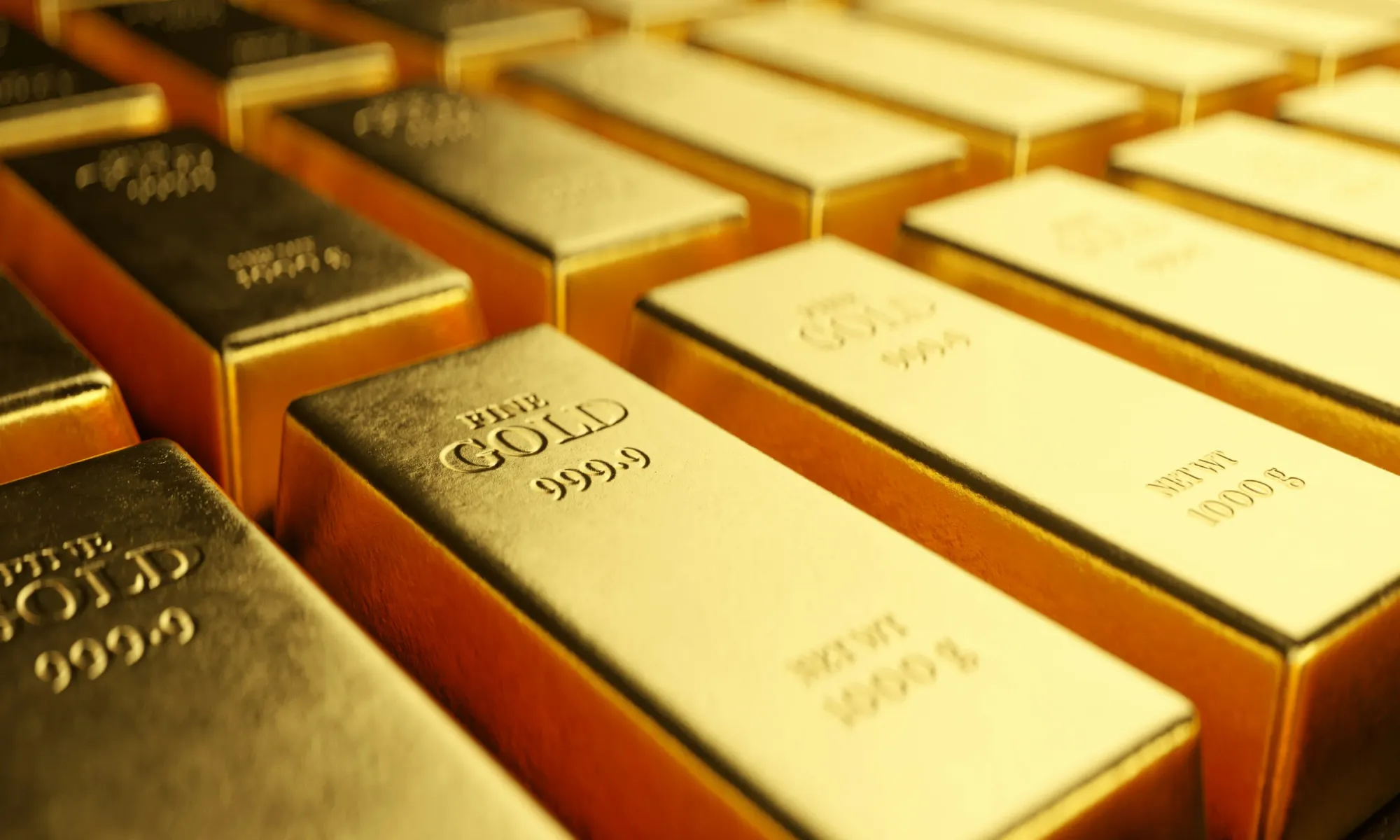
The market data supports the surge of interest in commodity tokens. By October 2025, the total value of tokenized gold on major blockchains exceeded $2.2 billion. Established gold-backed tokens like PAX Gold (PAXG) and Tether Gold (XAUT) grew steadily, as more investors used them as a hedge or a way to trade gold instantly without moving physical bars. Silver joined the trend too – new silver-backed tokens gained traction, with one popular silver token rising nearly 600% in volume as people saw it as an inflation hedge on DeFi platforms. These developments indicate that investors are increasingly comfortable with the idea of holding commodities in tokenized form. The appeal is clear: instead of dealing with storage or delivery of a metal, one can acquire a blockchain token that represents a certain weight of gold or silver, and then trade or use it easily online.
Beyond metals, other real-world resources and instruments started to be tokenized. Carbon credits – which represent the right to emit a certain amount of carbon (crucial in global efforts to combat climate change) – were pulled into the tokenization wave. In 2025, Hong Kong’s financial authorities, for example, ran a pilot where overseas investors could access tokenized voluntary carbon credits on a blockchain platform. Large institutions like Northern Trust joined this project to test cross-border trading of carbon credits in digital form. The blockchain-based system aimed to increase transparency and efficiency in carbon markets, ensuring that each token corresponded to a verified carbon offset and could be traded internationally with less friction. This demonstrates that even intangible commodities (like environmental credits) can benefit from tokenization by gaining a unified, tamper-proof record and easier exchange.

Additionally, energy markets saw early token experiments – e.g., tokens representing barrels of oil or kilowatt-hours of electricity were discussed as ways to improve trading in those markets, though such use cases were still nascent in 2025. We also saw the growth of asset-backed stablecoins beyond the traditional dollar-pegged variety. Some new stablecoins emerged that were collateralized by baskets of real assets, such as precious metals or real estate portfolios, rather than just fiat currency. These tokens are designed to maintain stable value while being rooted in physical assets – an approach that could make them more resilient and trusted. The overall commodities tokenization trend in 2025 can be summarized as bringing the old-world assets (gold, silver, oil, credits, etc.) into the new-world infrastructure of blockchain. Investors enjoy benefits like quick settlement, fractional purchase (e.g. buying 0.001 of a gold bar), and easier global access, while issuers and platforms focus on ensuring these tokens are fully backed by real reserves and compliant with regulations. As this sector grows, it is infusing the crypto ecosystem with more tangible value, potentially reducing volatility by anchoring tokens to real-world assets.
Collectibles, Art and Intellectual Property: New Frontiers in Tokenization
One of the most fascinating developments of 2025 is how tokenization spread to collectibles and cultural assets, turning exotic or high-value items into investable digital products. The art world, for instance, continued to experiment with blockchain. No longer confined to just digital art NFTs, tokenization in 2025 enabled people to buy fractions of physical masterpieces. In a notable example (an earlier pioneering case that gained attention by this year), a Picasso painting was tokenized by a Swiss bank and sold to investors, who each owned a small piece of the artwork via digital tokens. Over 60 token holders shared ownership of the Picasso (“Fillette au béret”), and when the painting was eventually resold, those investors collectively earned about a 20% return on their tokens.
This demonstrated how fractional art ownership can work: instead of one millionaire buying a painting, dozens of normal investors could participate in the artwork’s value, and benefit from its appreciation. The tokens representing the Picasso were regulated as securities (sometimes called Art Security Tokens), giving holders legal rights in the artwork. This successful case set a precedent and sparked interest in tokenizing other fine art pieces – effectively redefining art investment by improving liquidity and access. By 2025, several platforms existed where people could invest as little as $50 or $100 to own a slice of a famous painting or sculpture, something unimaginable in the traditional art market.
Collectibles and pop culture memorabilia also saw tokenization booms. A striking example comes from the world of trading cards: rare Pokémon cards were turned into tokens and traded on blockchain marketplaces, blending a classic hobby with modern tech. In August 2025, monthly trading volume for tokenized Pokémon cards hit $124.5 million, reflecting huge interest from both crypto traders and fans of the game. How does it work? Each token corresponds to a real, physical collector card (for example, a Charizard card) that is kept securely in a vault. Owning the token is like holding a claim check for the actual card – the token proves ownership of the card in storage. This system offers collectors a few big advantages: fractional ownership (multiple people can share a very expensive card by each buying some tokens), and global 24/7 trading with instant settlement. Instead of auctioning a card or finding a buyer locally, a collector can trade the token online at any time.
Platforms like Courtyard and Collector Crypt emerged as popular venues for these activities, taking care of storing the physical cards while issuing tokens to users. The result is a more liquid and accessible market for collectibles – enthusiasts can invest in legendary cards (or comics, stamps, etc.) without needing the full item in hand, and they can sell their stake easily when they want. However, this trend also came with new questions: for instance, ensuring the physical item is safely stored and authenticated, and figuring out how redemption works (i.e., if someone accumulates all tokens of a card, they should be able to retrieve the actual card). Despite these challenges, the booming trading volumes in 2025 showed real demand for tokenized collectibles.
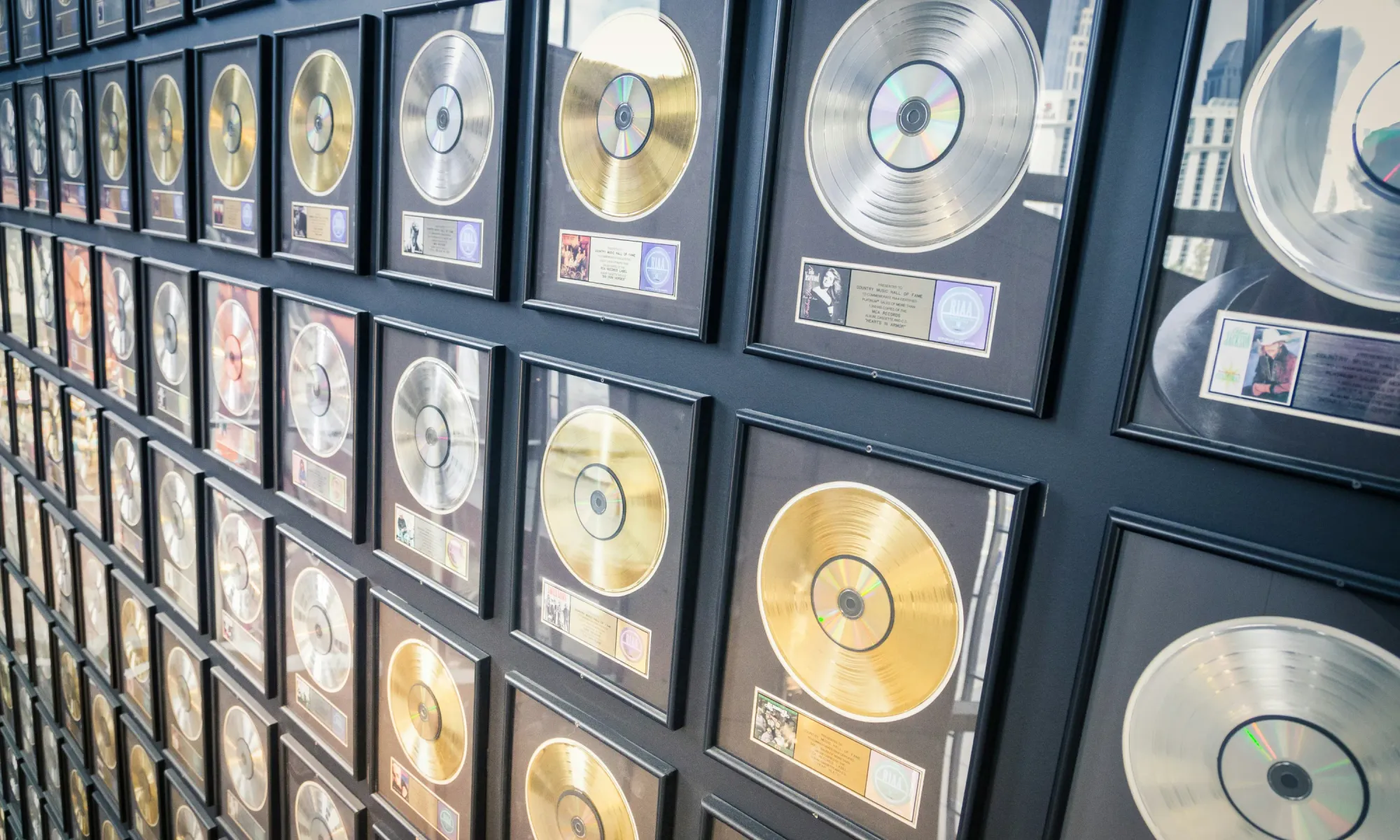
The non-fungible token (NFT) phenomenon that surged in earlier years found a steadier course in 2025. While the initial craze for digital-only collectibles (like profile-picture NFTs and virtual art) cooled compared to the 2021 peak, the market for NFTs stabilized and continued growing modestly. Notably, the concept of NFTs expanded beyond art into areas like music (musicians tokenizing royalties or albums), sports (tokenized sports memorabilia or fan tokens), and even real-world loyalty programs. For example, some bands experimented with tokenizing album ownership so that fans could trade or collect special edition music tokens.
In sports, major clubs issued tokens that give fans special voting rights or perks, effectively tokenizing a slice of fan engagement. By mid-2025, global NFT sales volumes averaged in the hundreds of millions of dollars per month, indicating that while the speculative frenzy had calmed, a solid ecosystem of digital collectibles and utility tokens remained. More importantly, mainstream brands and cultural institutions started leveraging tokenization in user-friendly ways – museums explored tokenizing provenance records for artworks, and fashion brands issued limited edition accessory tokens that could be redeemed for physical items.
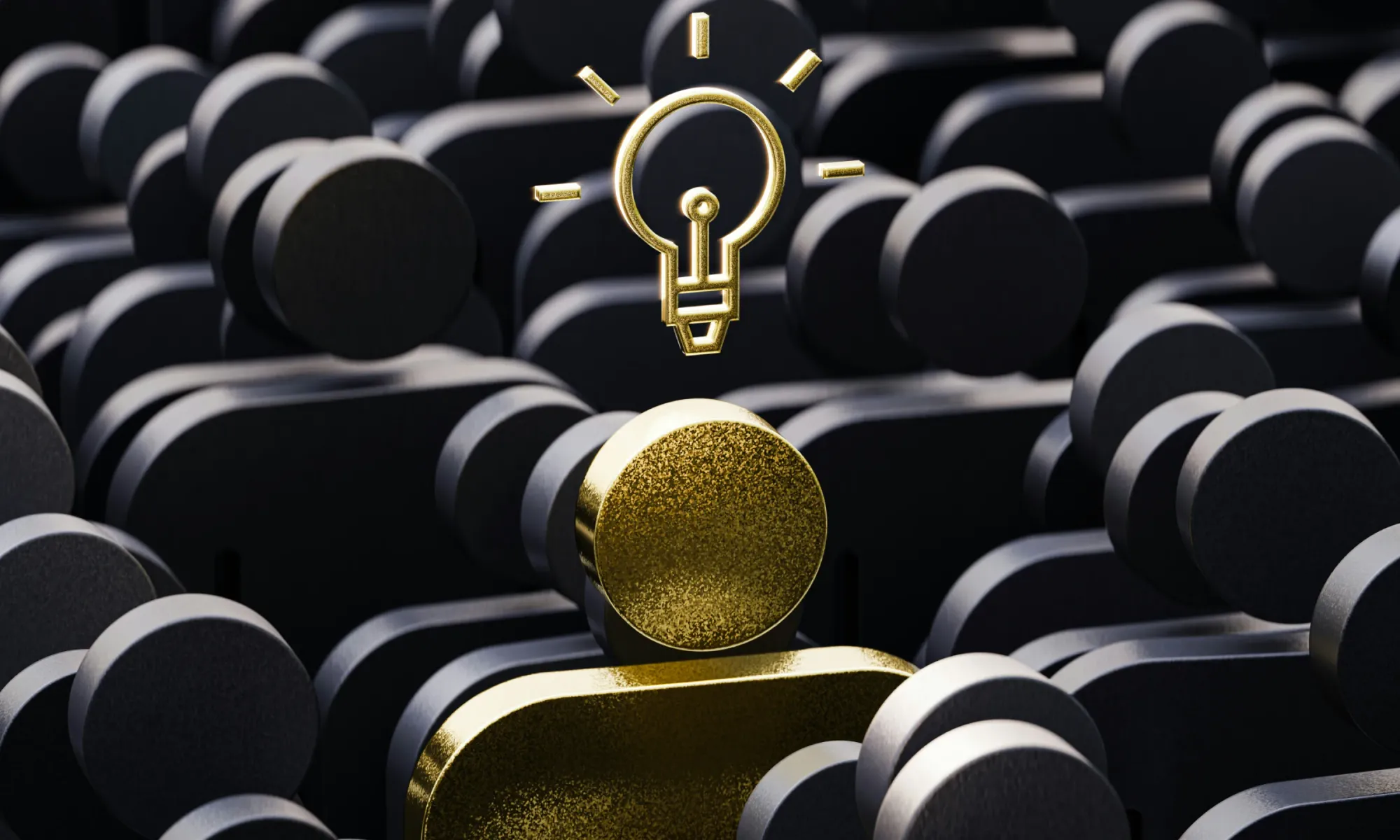
Another frontier was intellectual property (IP) tokenization. The idea here is to treat things like copyrights, trademarks, or creative content rights as assets that can be fractionalized. In 2025 this was still emerging, but there were hints of what might come. In Japan, as part of the large real-world asset projects, companies hinted at plans to tokenize popular anime and media franchise rights in the future. Imagine owning a tiny share of a hit anime’s royalties or a fraction of a famous character’s IP – such tokens could potentially allow fans and investors to partake in the success of entertainment properties. While these were mostly forward-looking statements by companies, they generated excitement about expanding tokenization to the lucrative media and entertainment sector. Similarly, some innovators talked about tokenizing music royalties (where an artist’s song earnings are shared via tokens) or book publishing rights, giving investors a stake in an author’s future sales. These concepts blur the line between fans and owners, enabling a form of crowd-based ownership of creative works.
In conclusion, the tokenization trends of 2025 painted an exciting picture of the future of ownership. Real estate tokens let people invest in properties around the globe with small amounts of money. Tokenized stocks and bonds promised a world where financial markets never sleep and everyone can diversify their portfolio in new ways. Commodity tokens brought the solidity of gold and other resources into the fast-paced crypto markets. And by tokenizing art, collectibles, and IP, even the most unique and traditionally illiquid items became tradeable and shareable. Across all these sectors, a common theme was greater accessibility and efficiency: assets that used to be available only to the wealthy or well-connected were now open to a broader audience, and processes that used to take days or weeks could be done in minutes on-chain.
There are certainly challenges to overcome – from regulatory uncertainties and technical risks to ensuring security and trust in these new systems – but the momentum in 2025 was unmistakable. Tokenization is increasingly seen as a transformative innovation in how we handle value, ownership, and investment. As we leave 2025, the trend is clear: many aspects of the economy are beginning to undergo a digital transformation through tokenization, setting the stage for a more inclusive financial world where anyone can own a share of anything.

